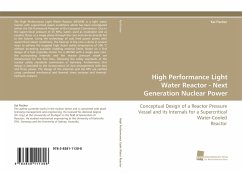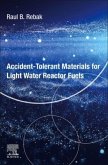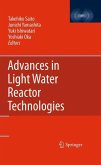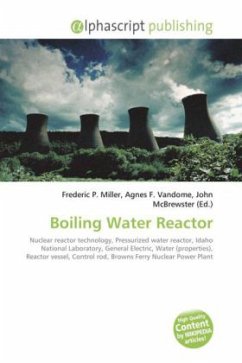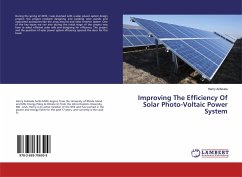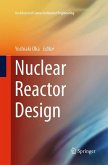The High Performance Light Water Reactor (HPLWR) is a light water reactor with supercritical steam conditions which has been investigated within the 5th Framework Program of the European Commission. Due to the supercritical pressure of 25 MPa, water, used as moderator and as coolant, flows as a single phase through the core and can be directly fed to the turbine. Using the technology of coal fired power plants with supercritical steam conditions, the heat-up in the core is done in several steps to achieve the targeted high steam outlet temperature of 500 °C without exceeding available cladding material limits. Based on a first design of a fuel assembly cluster for a HPLWR with a single pass core, the surrounding internals and the reactor pressure vessel are dimensioned for the first time, following the safety standards of the nuclear safety standards commission in Germany. Furthermore, this design is extended to the incorporation of core arrangements with two and three passes. The design of the internals and the RPV are verified using combined mechanical and thermal stress analyses and thermal-hydraulic analyses.

